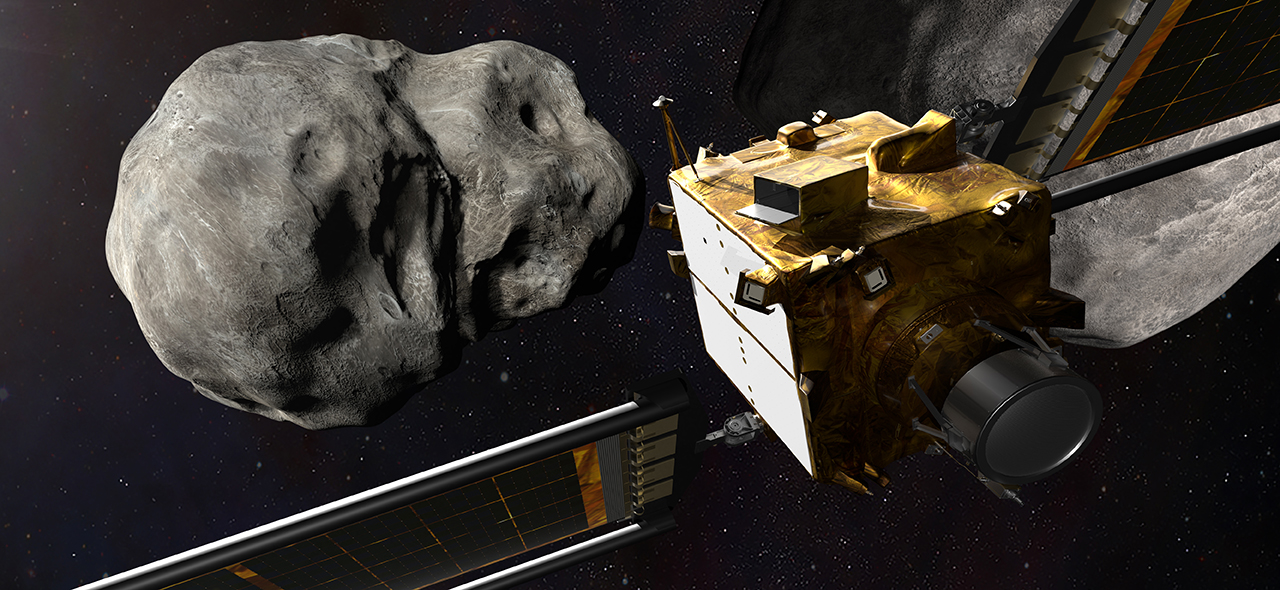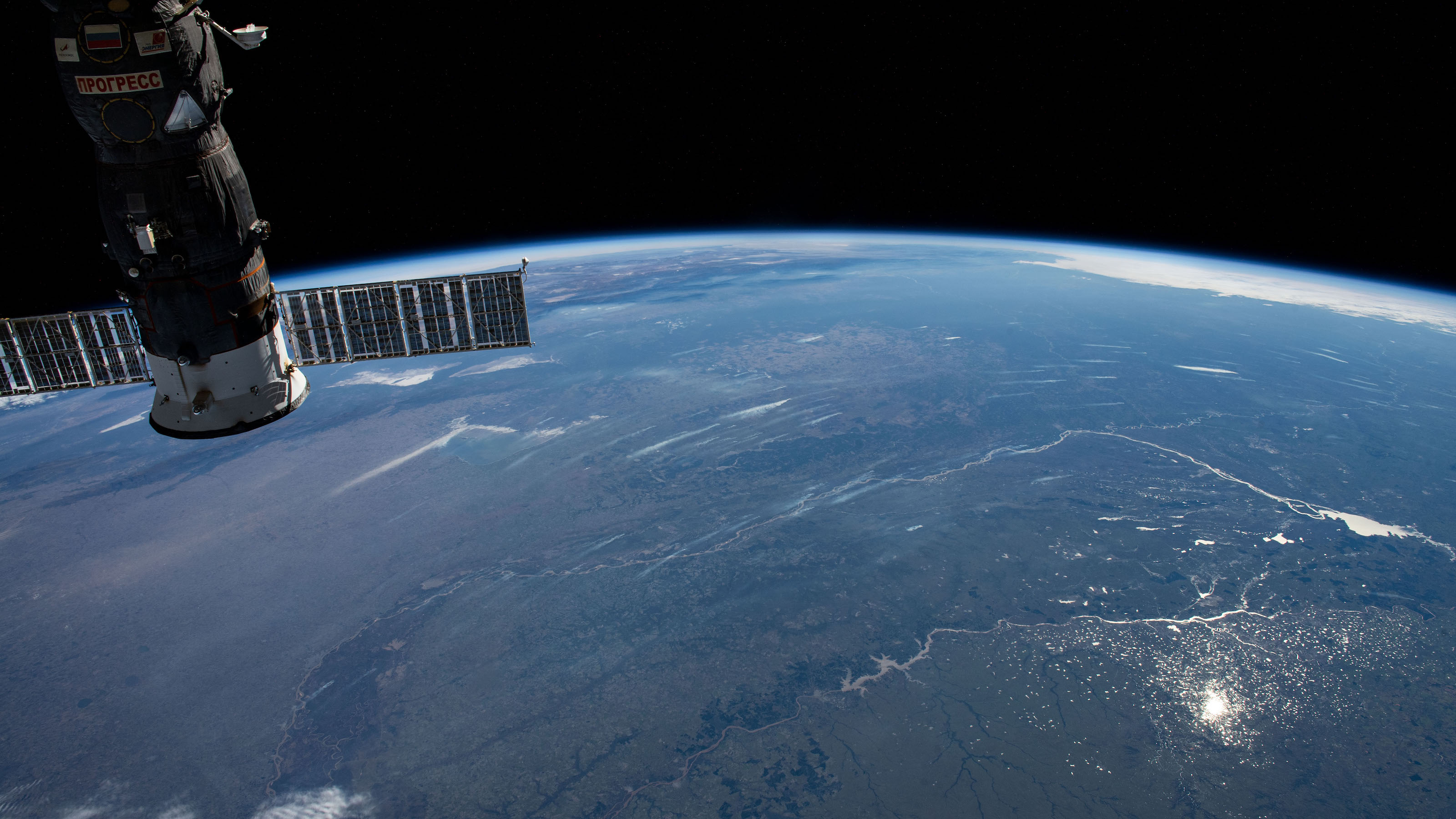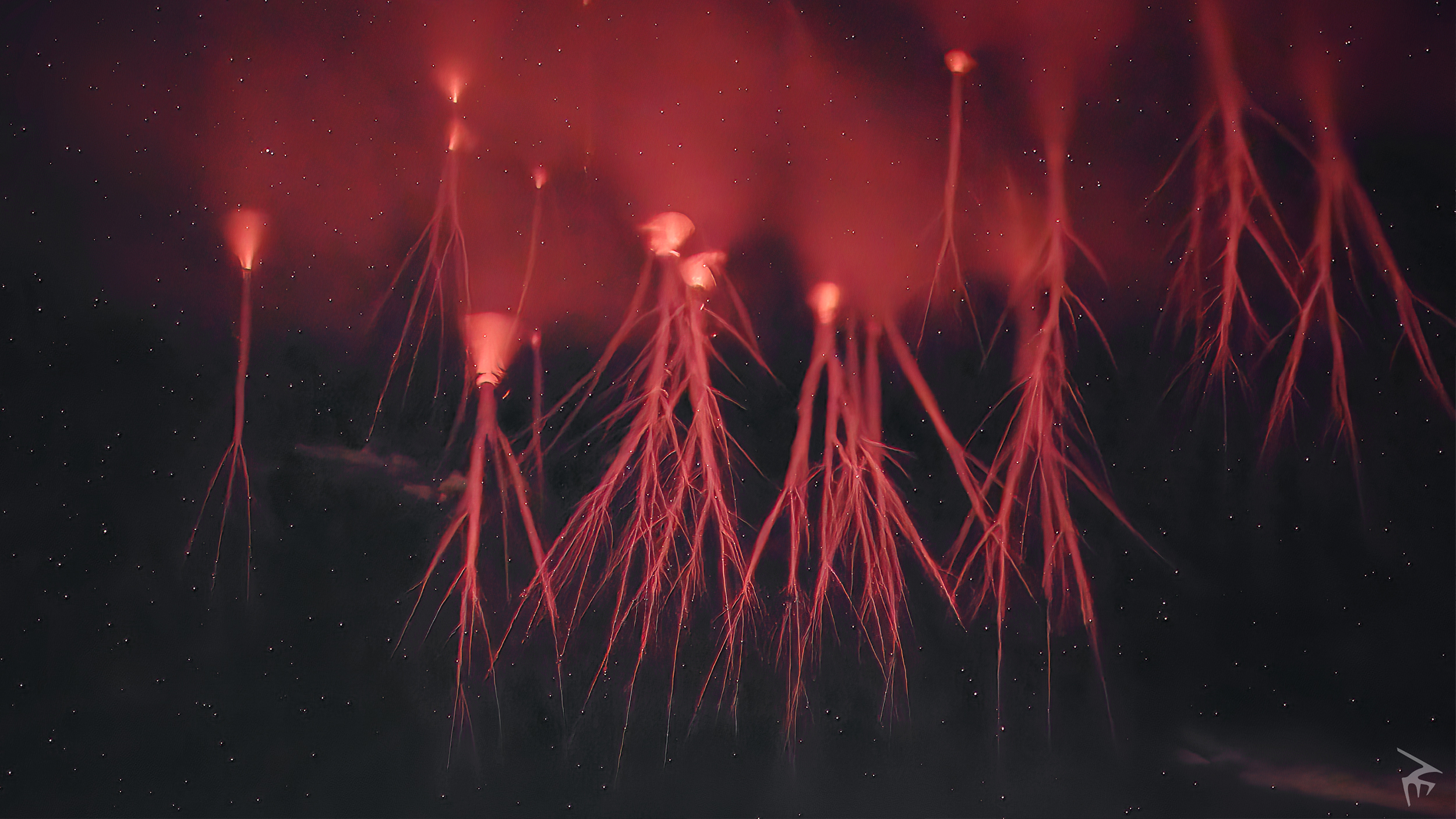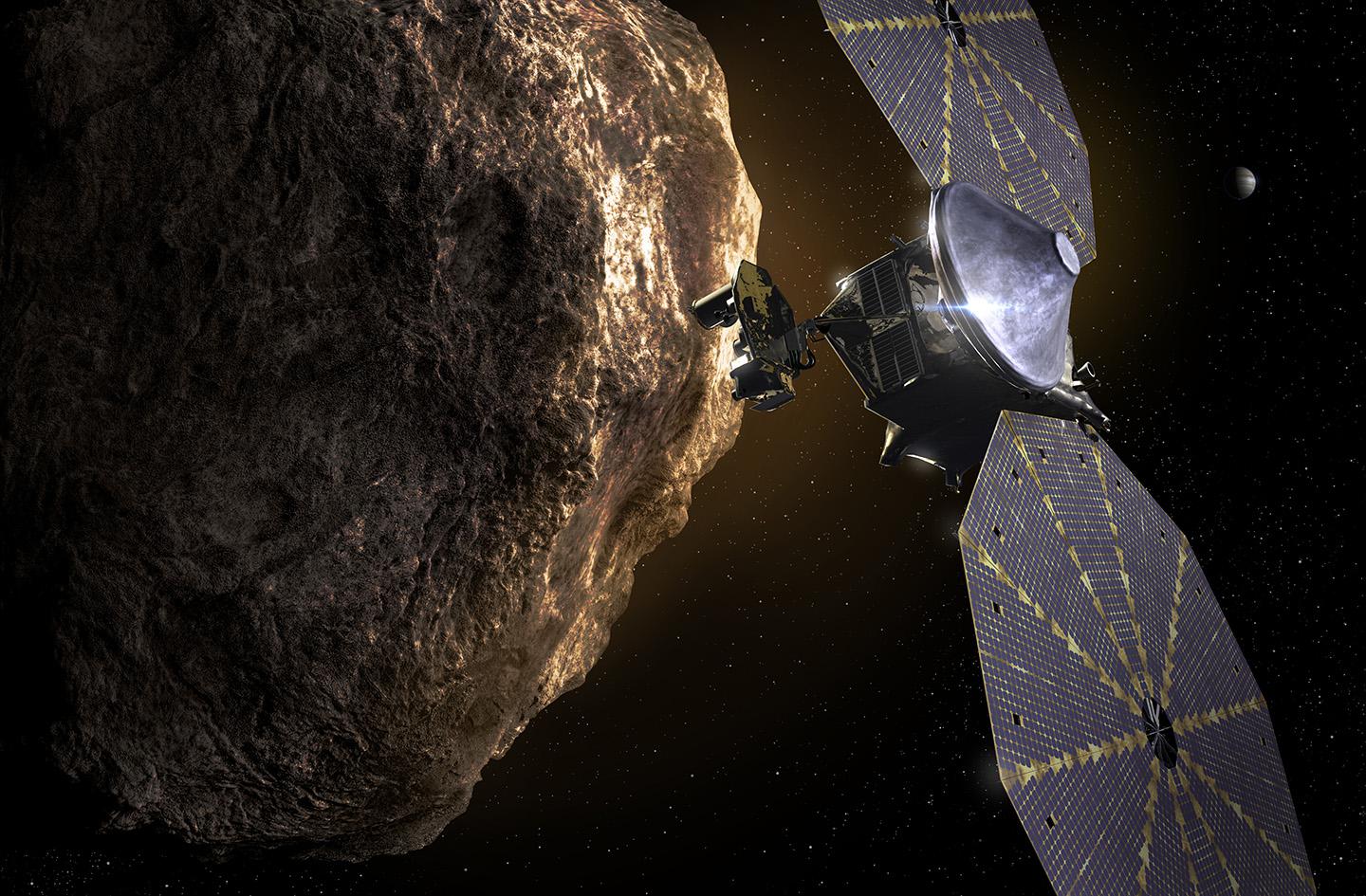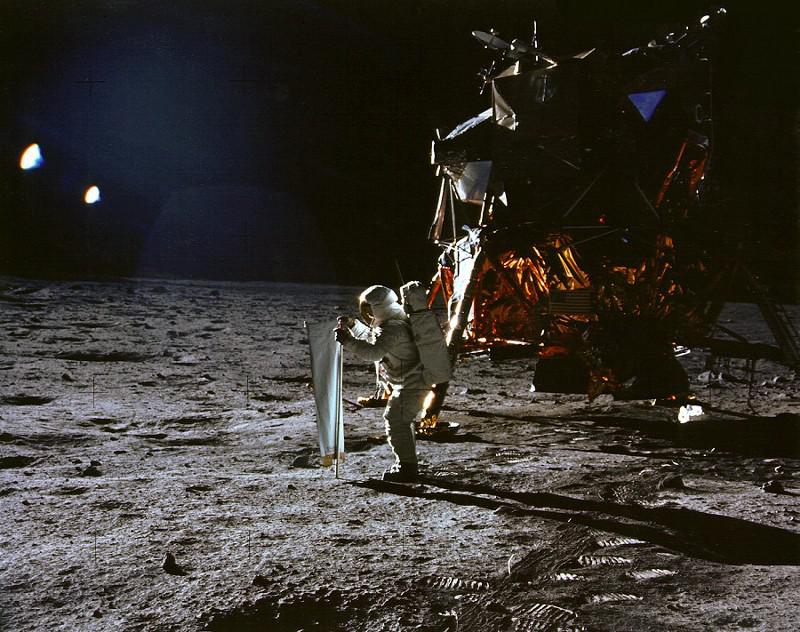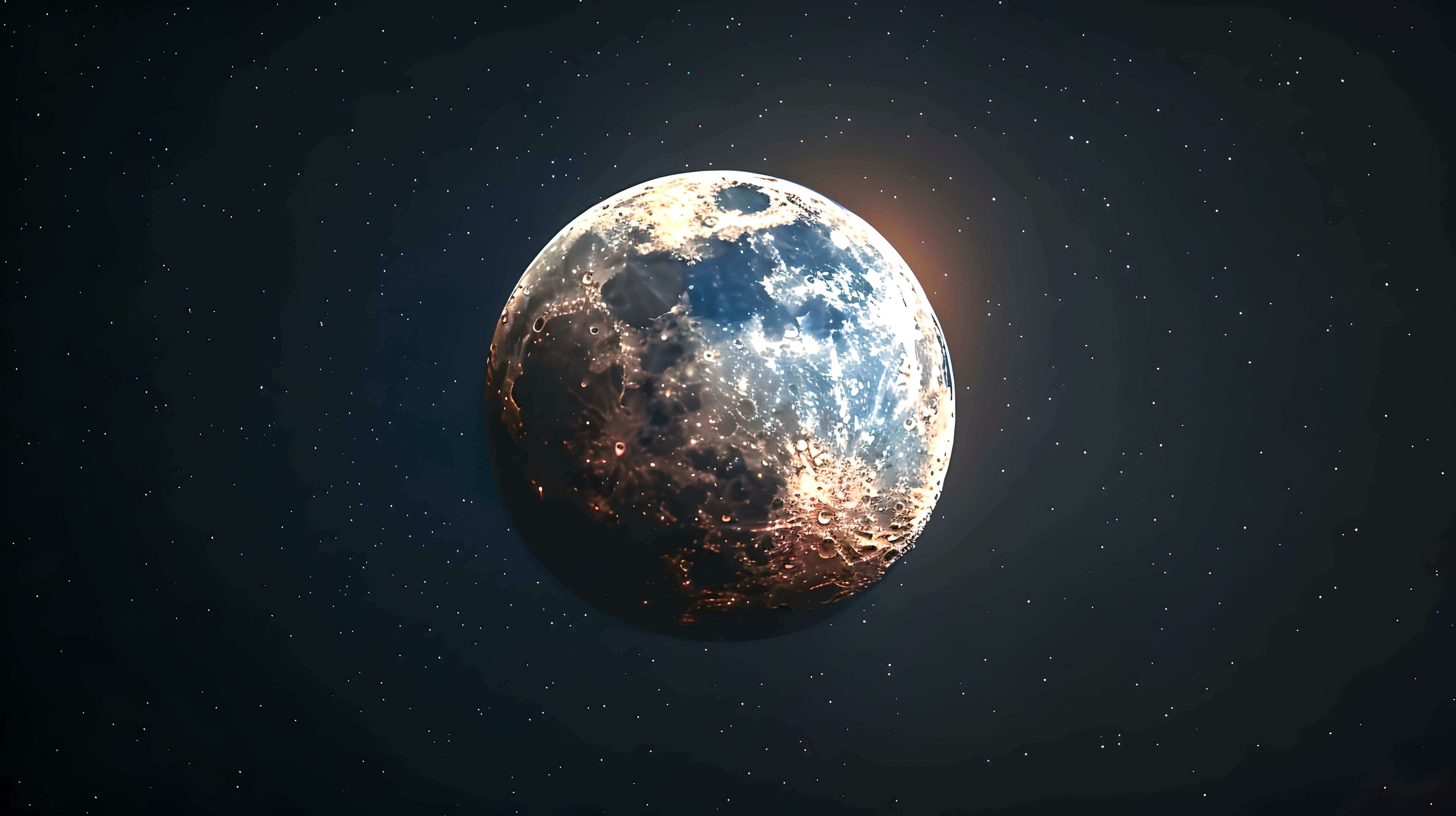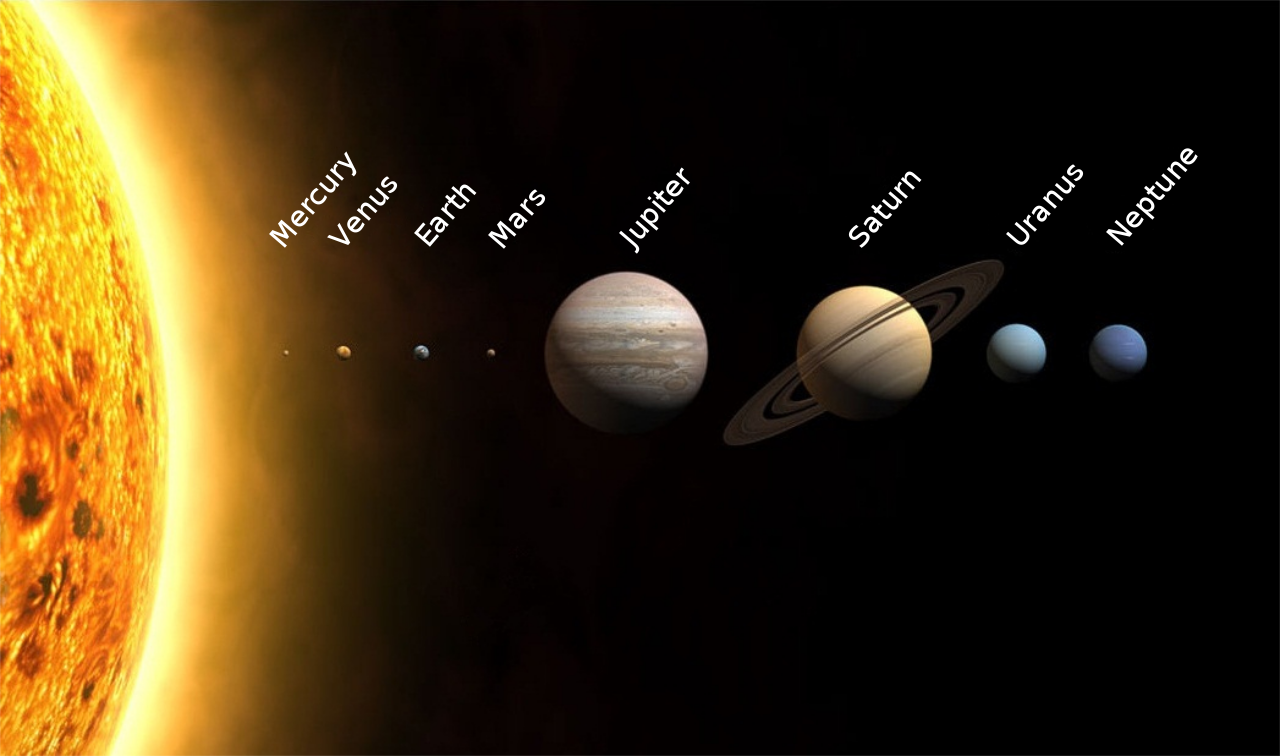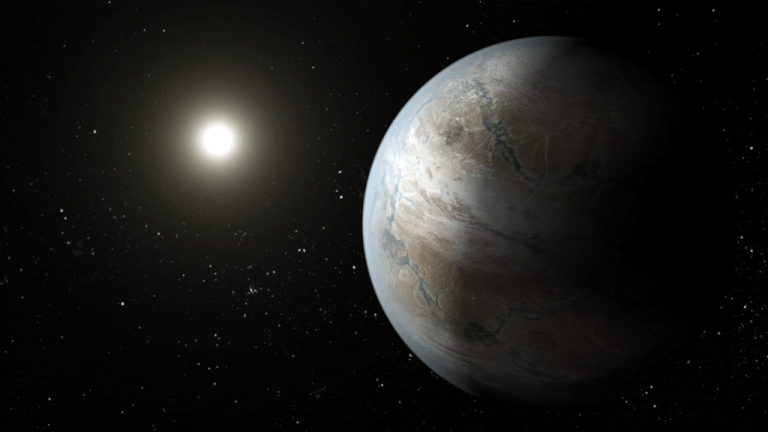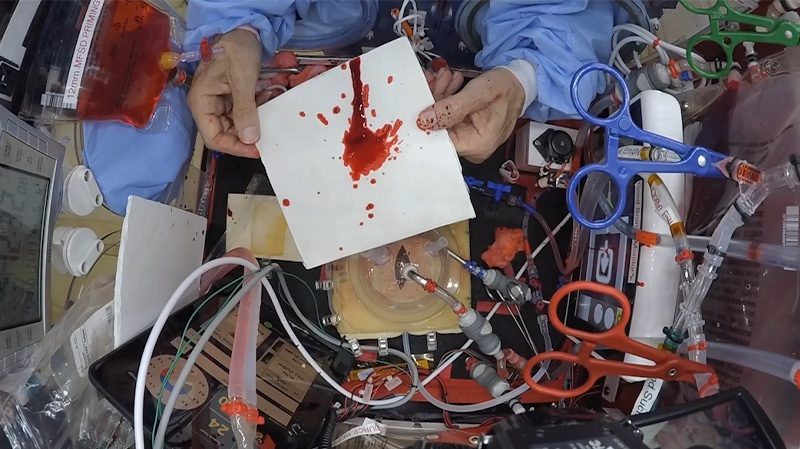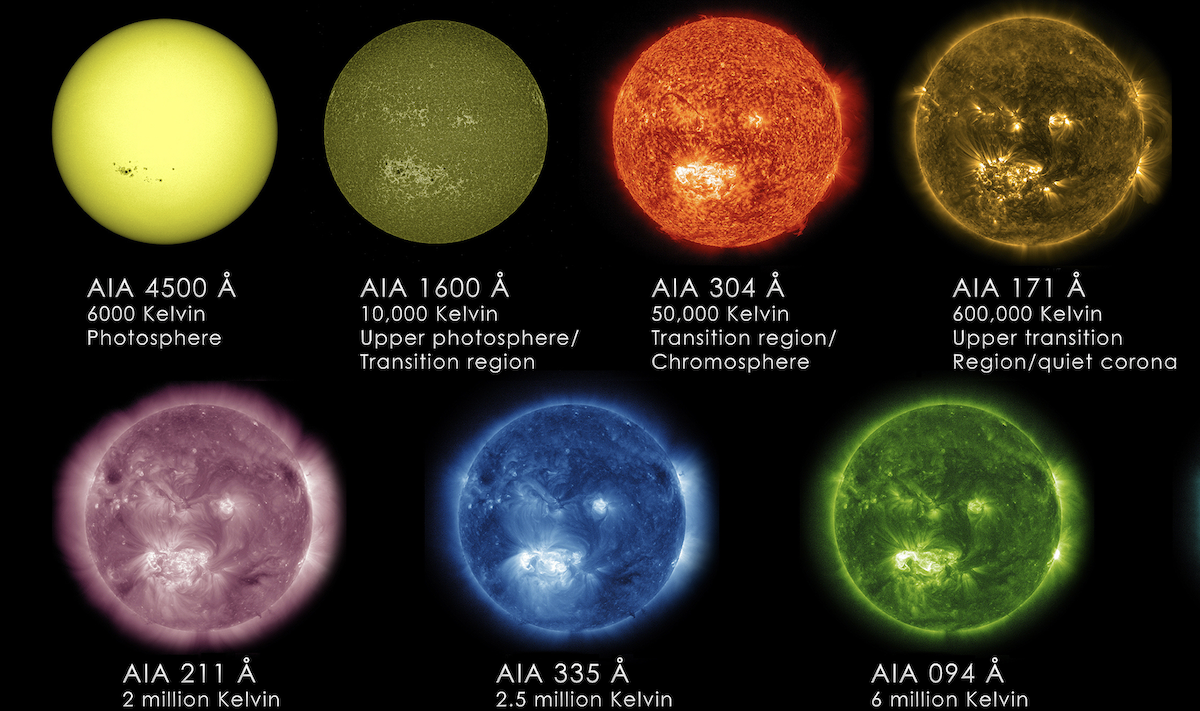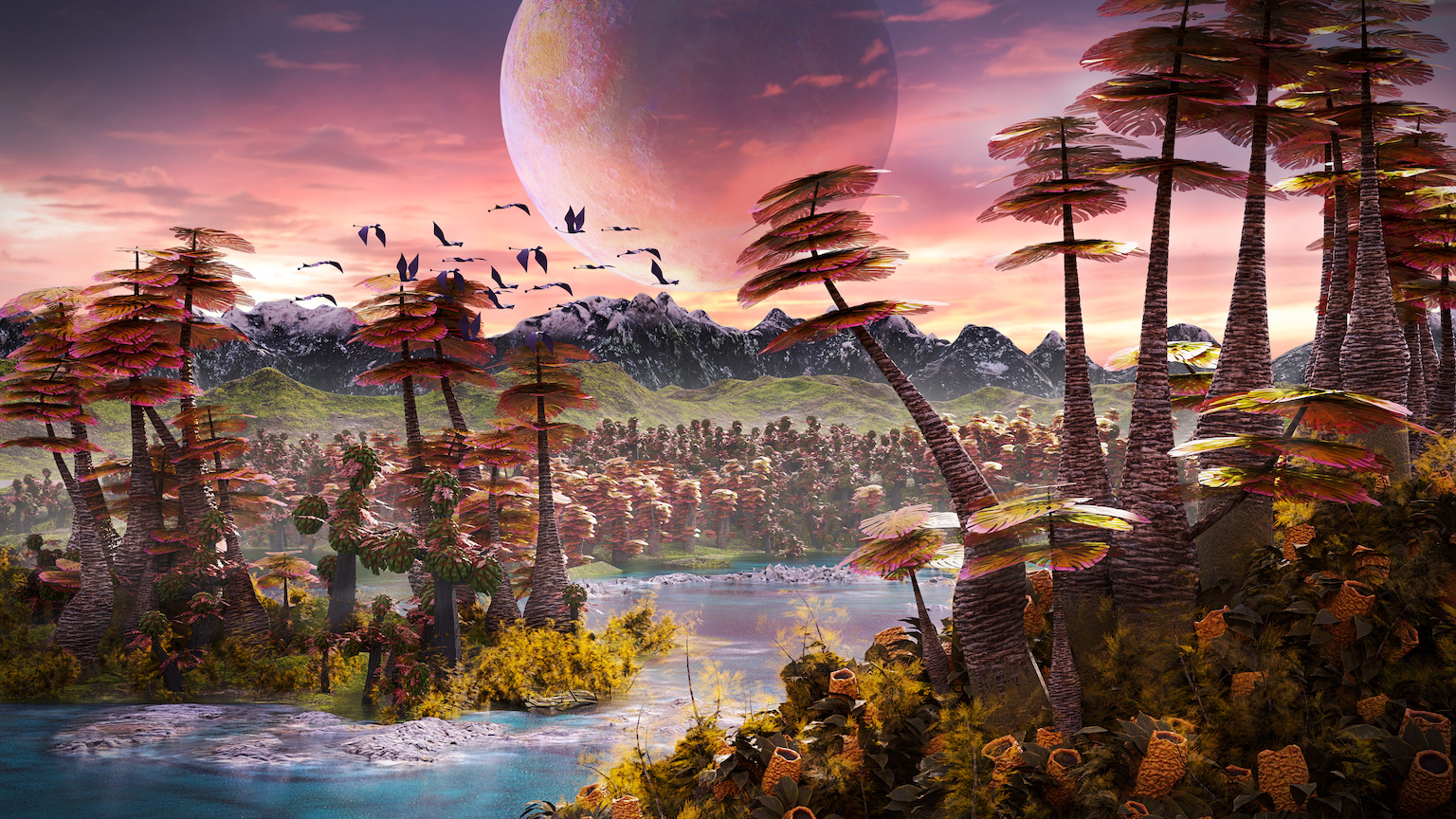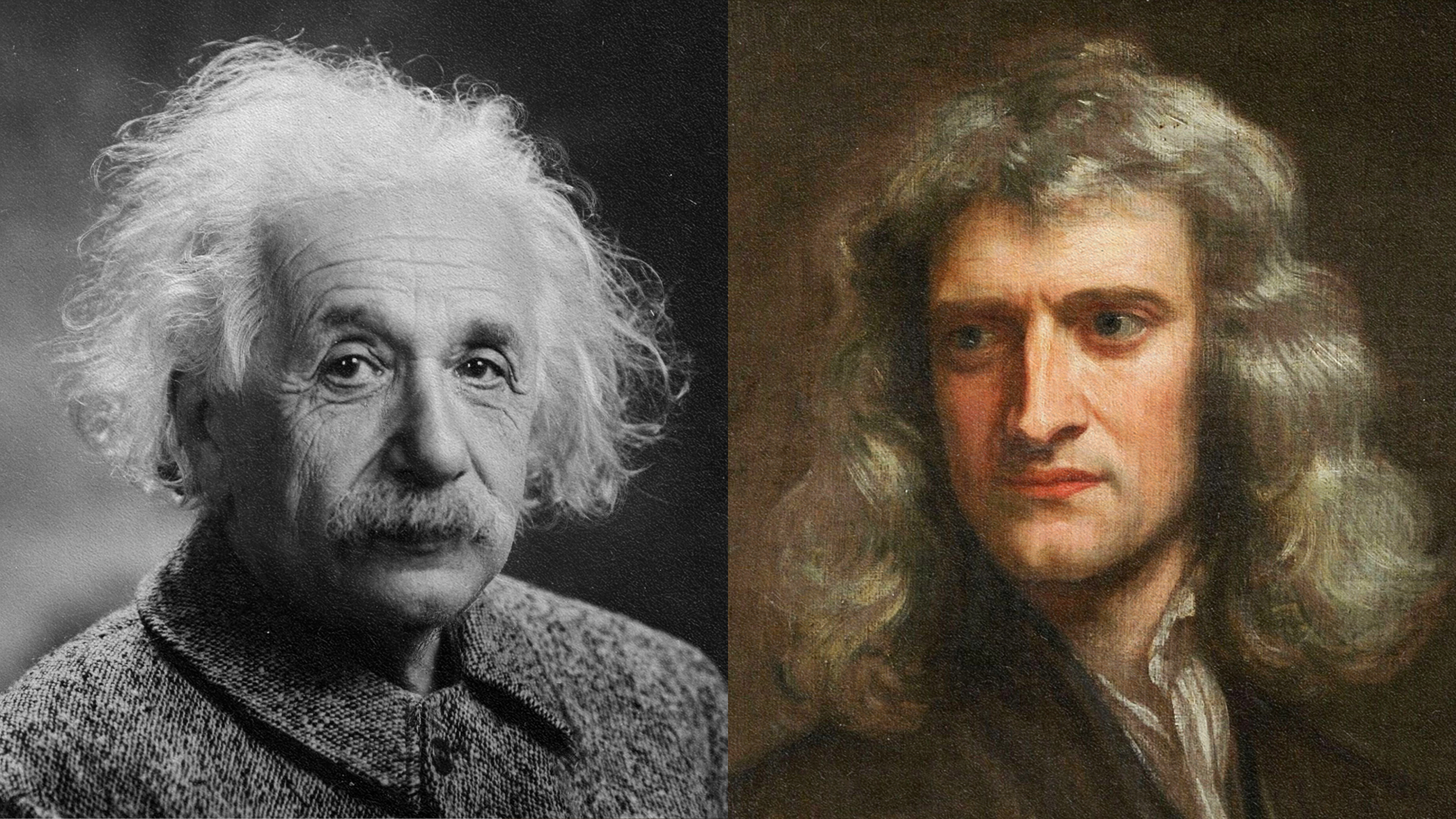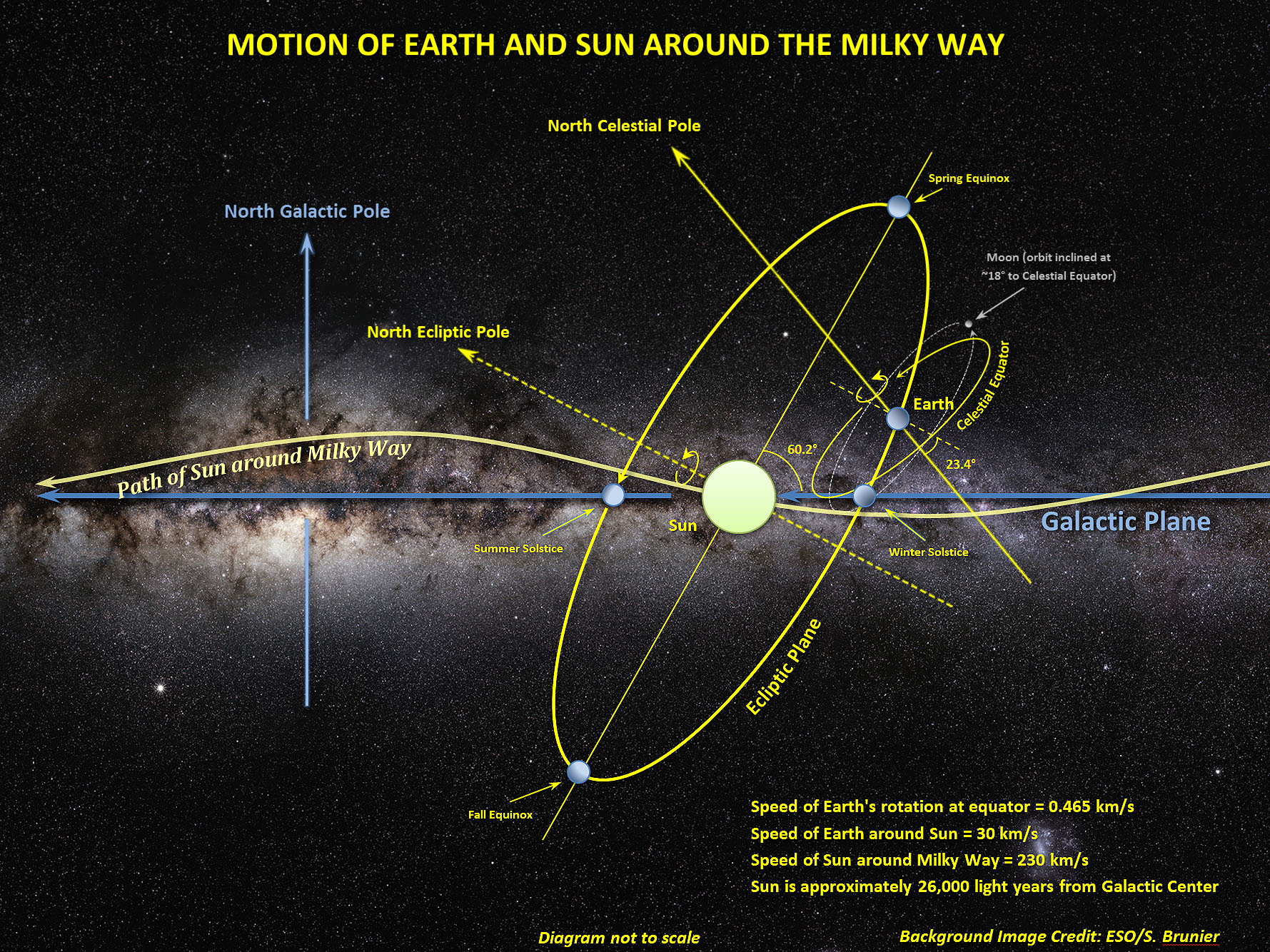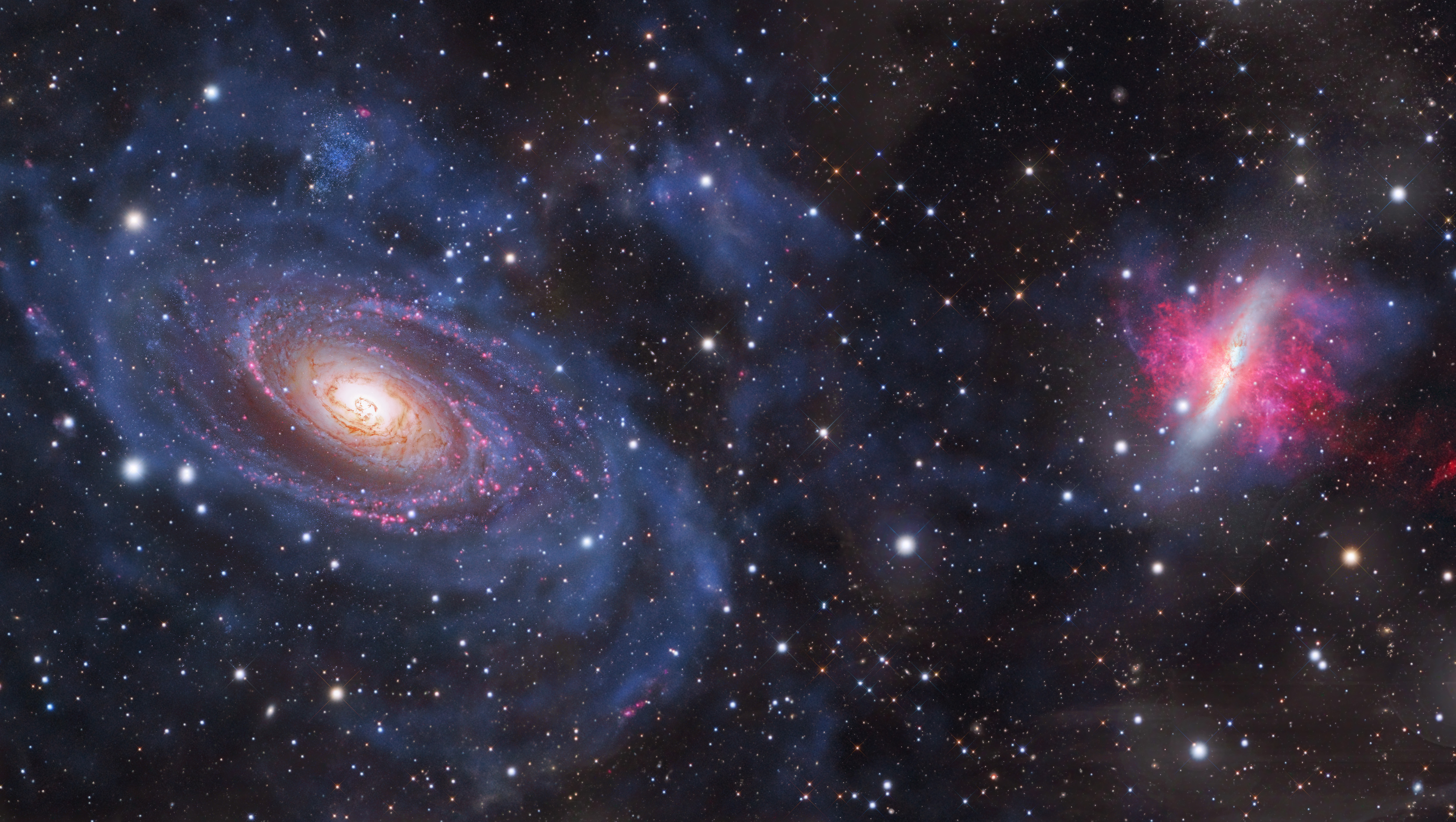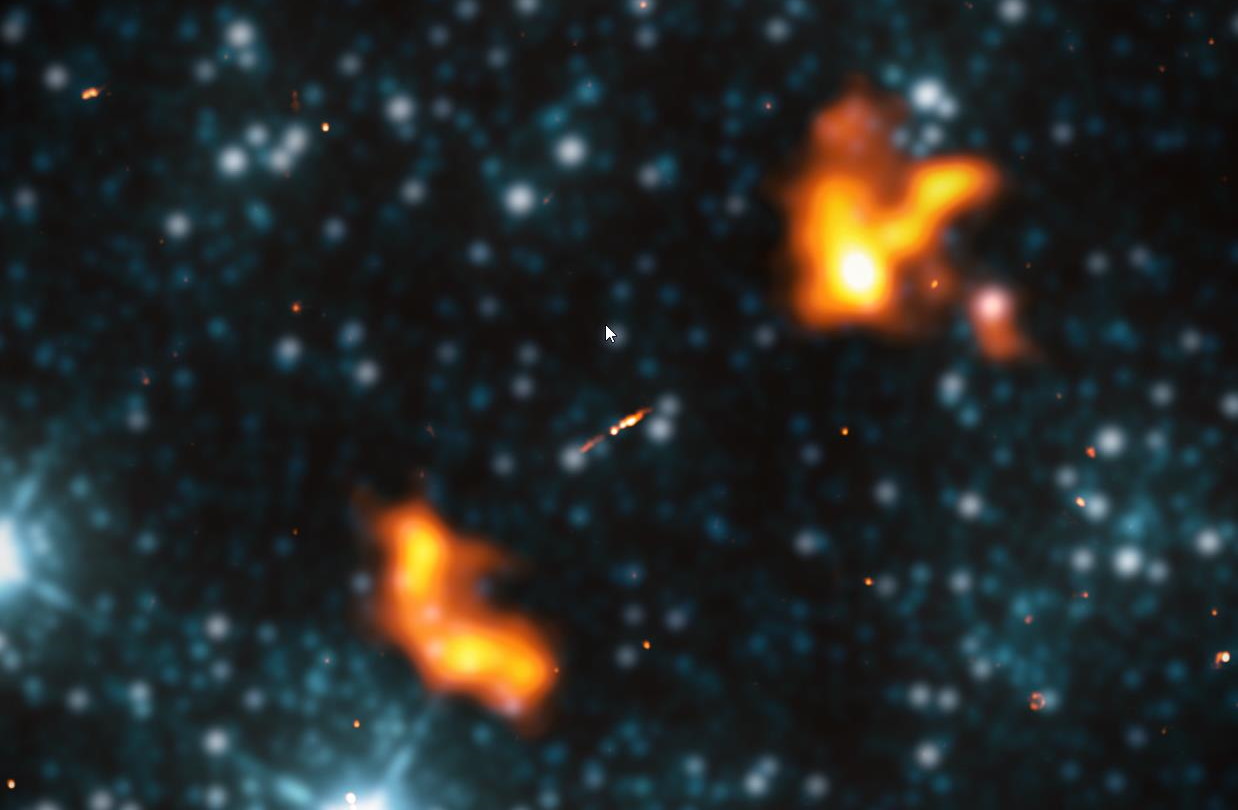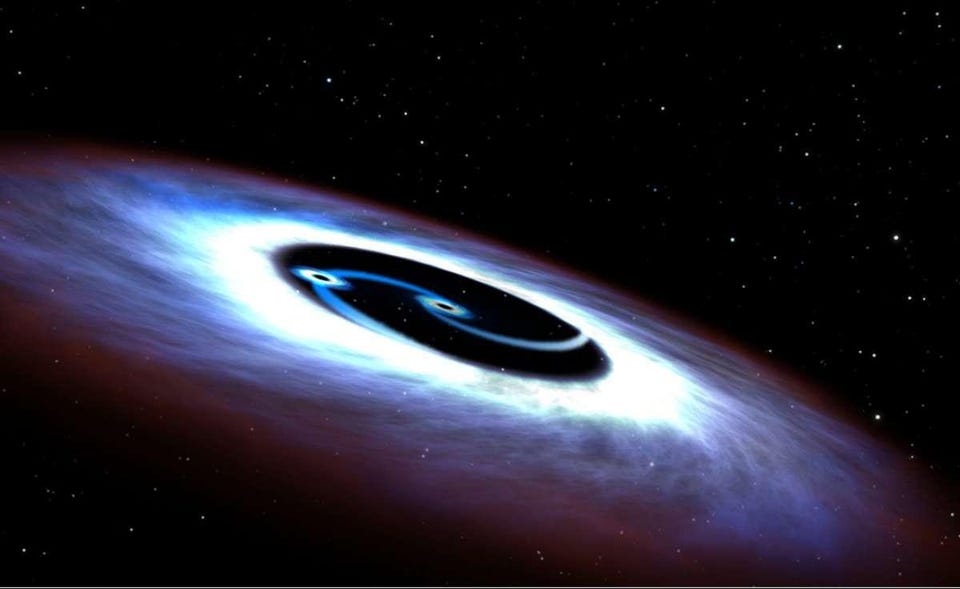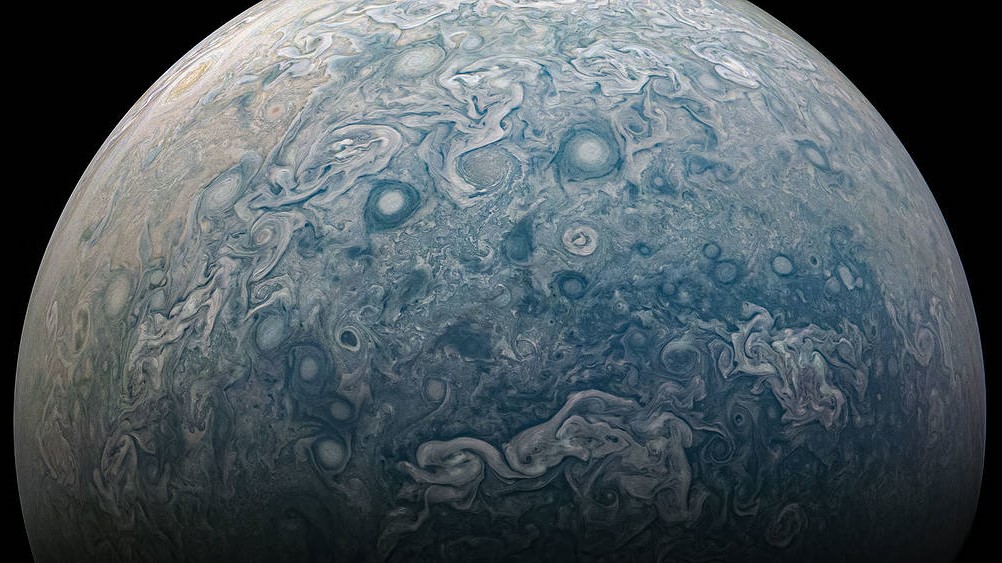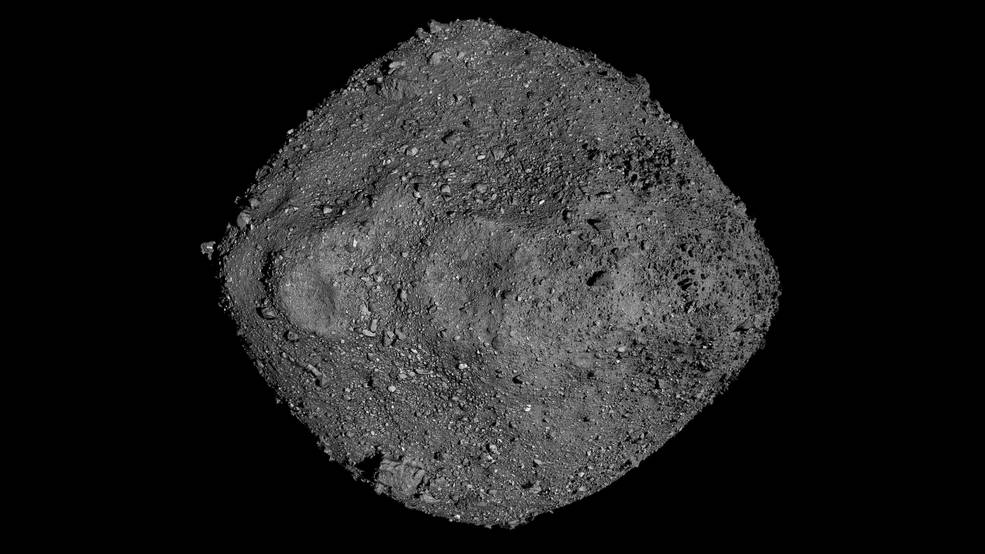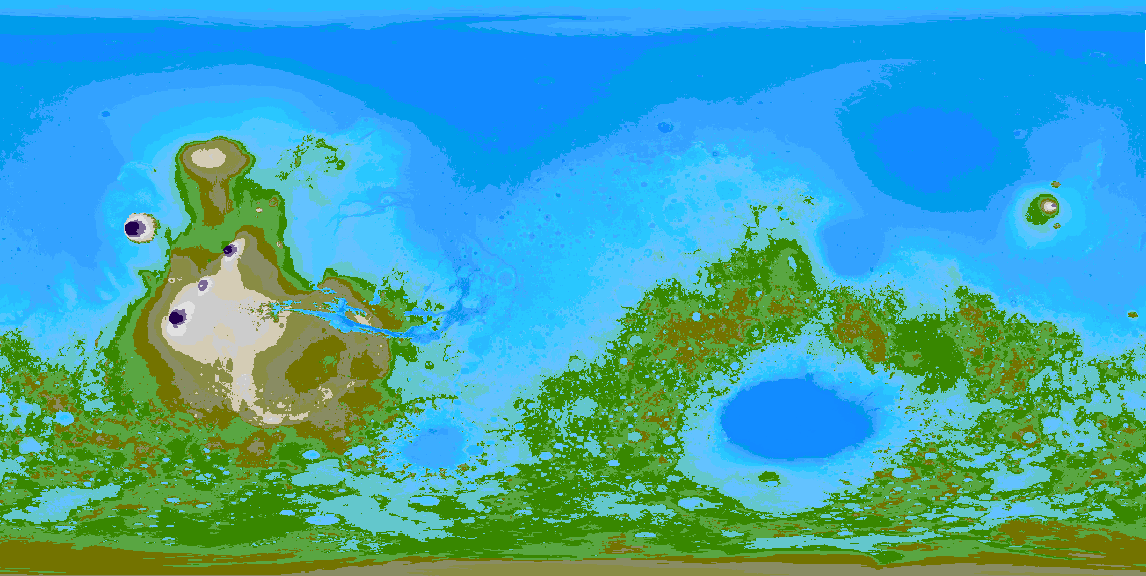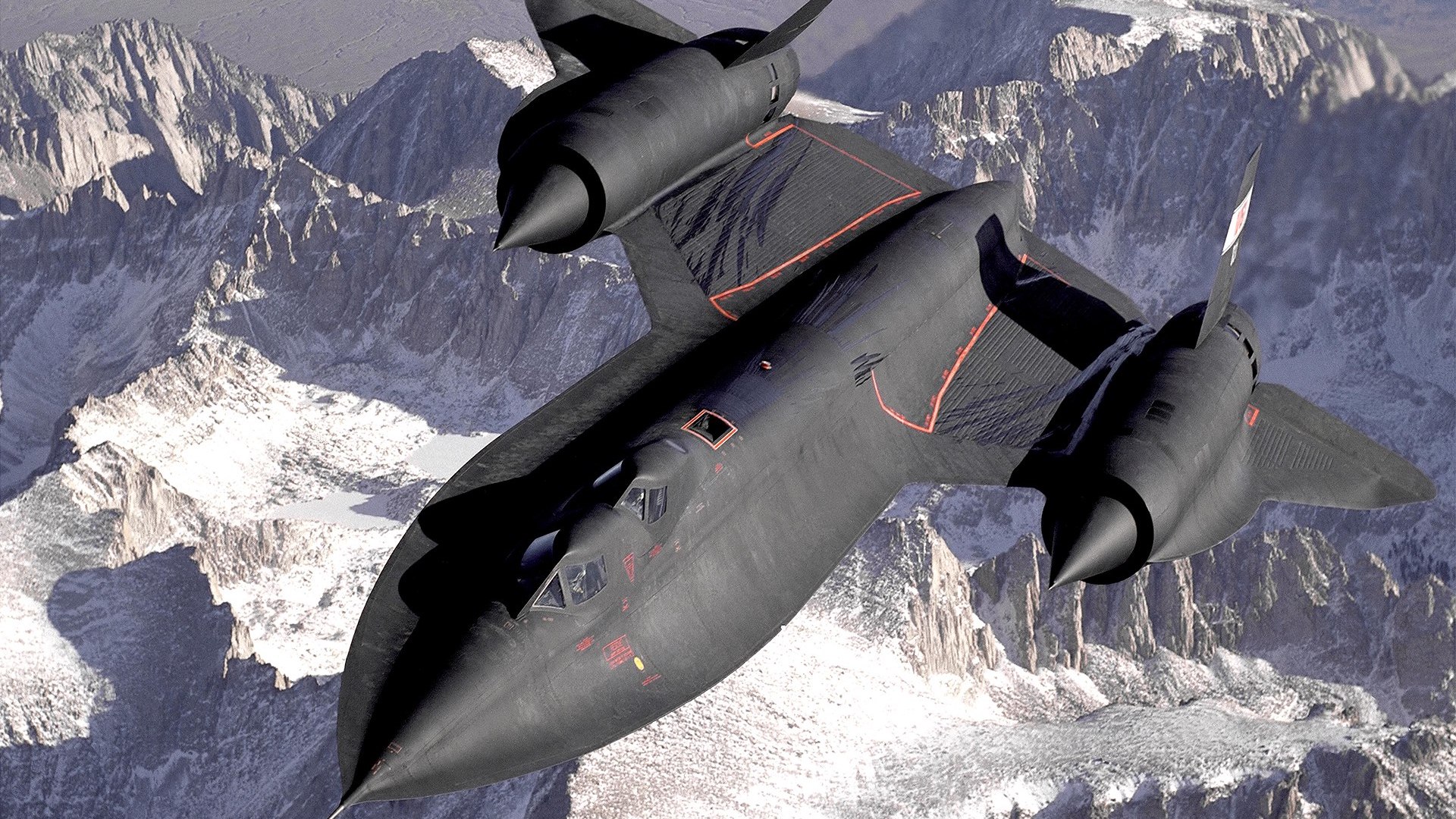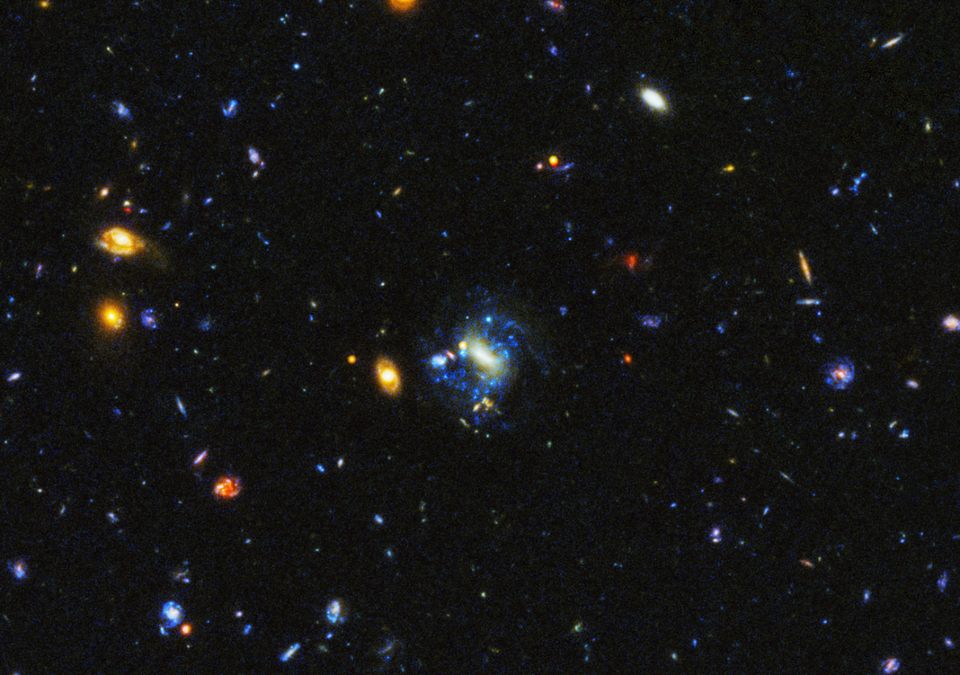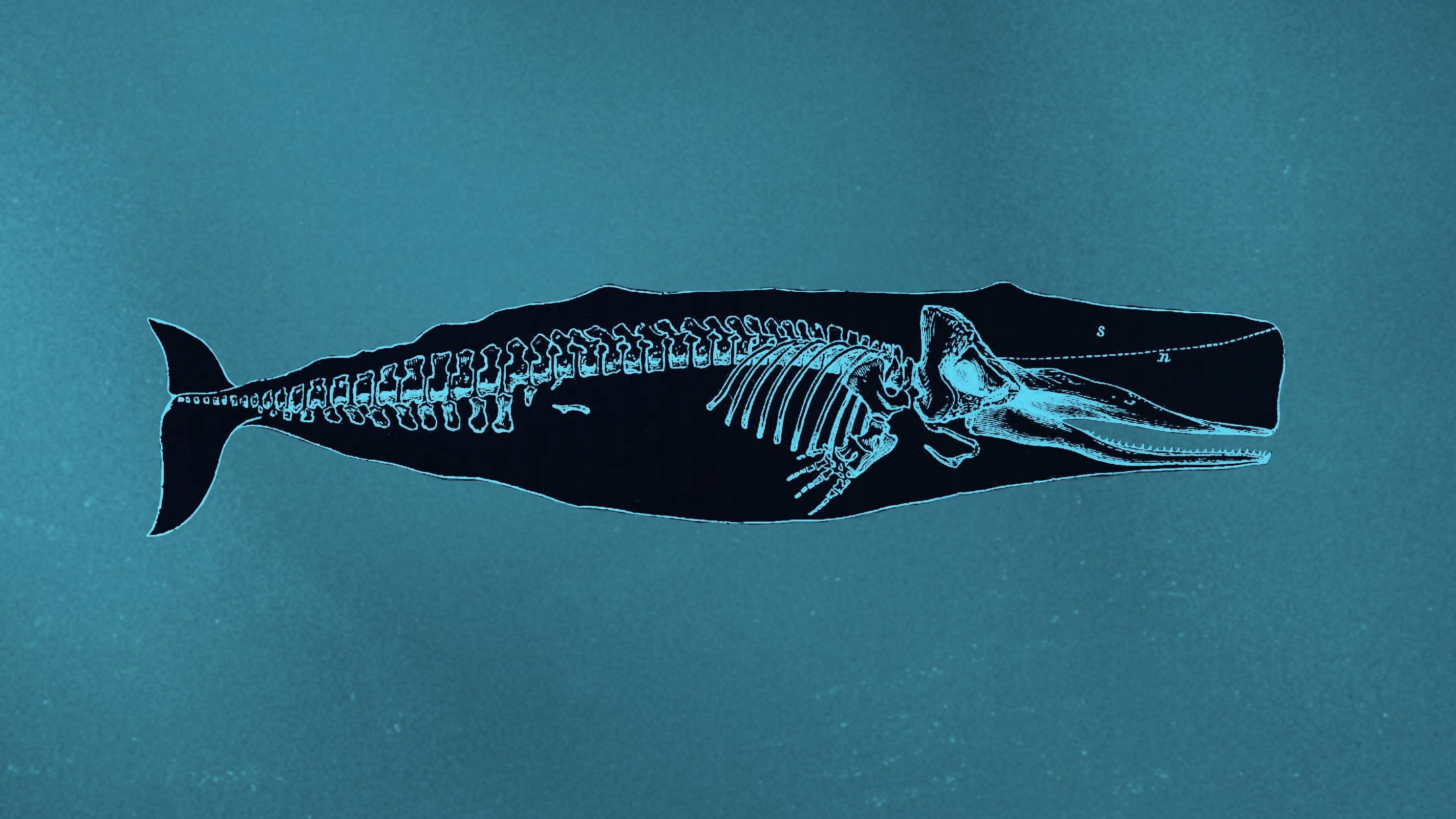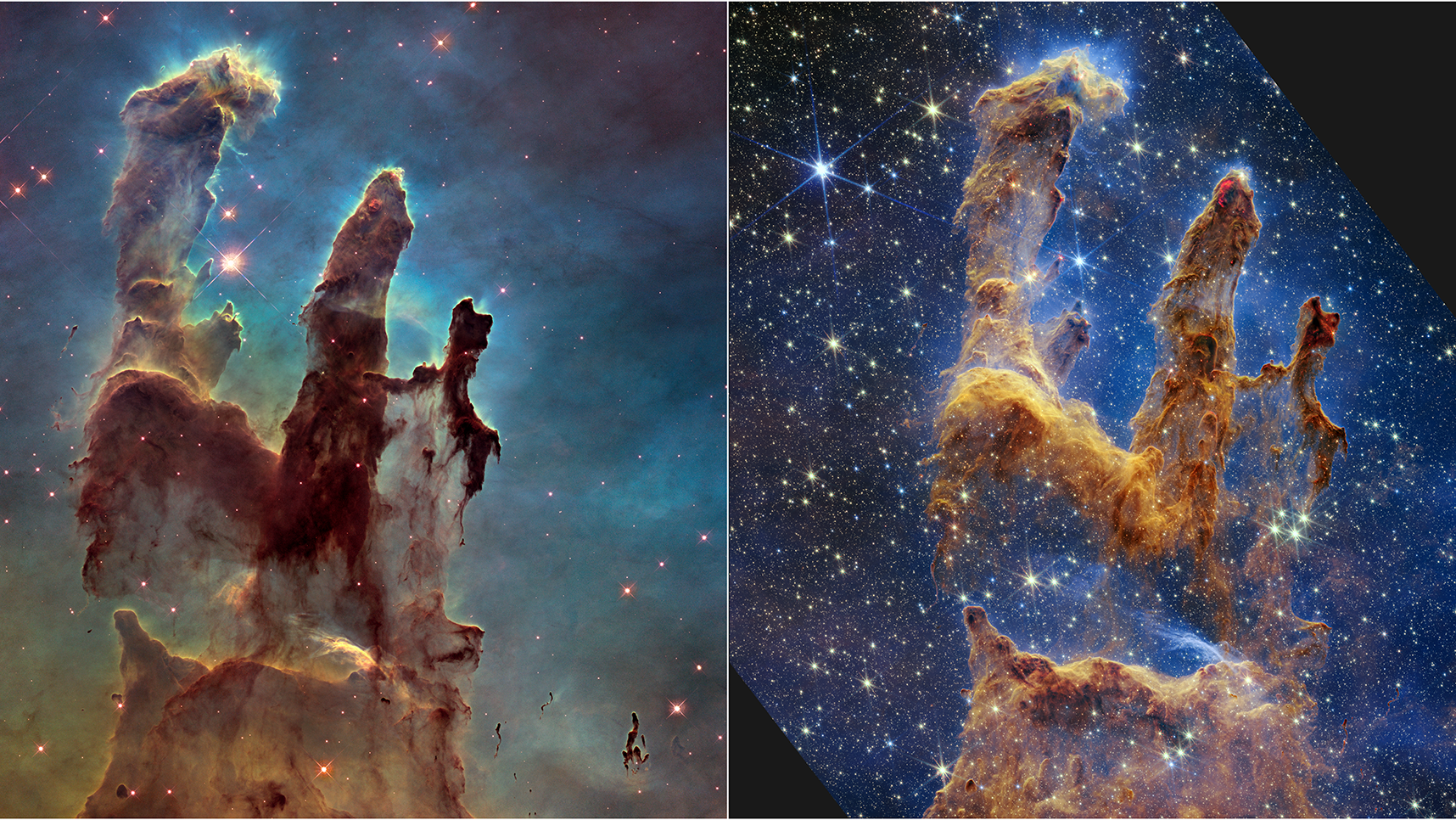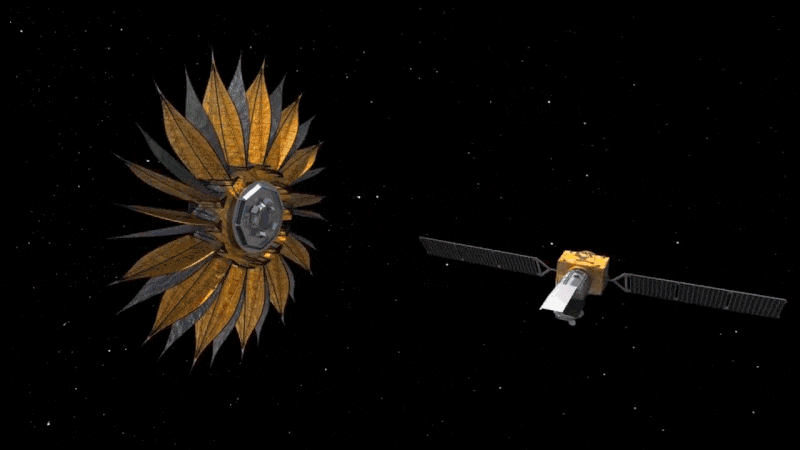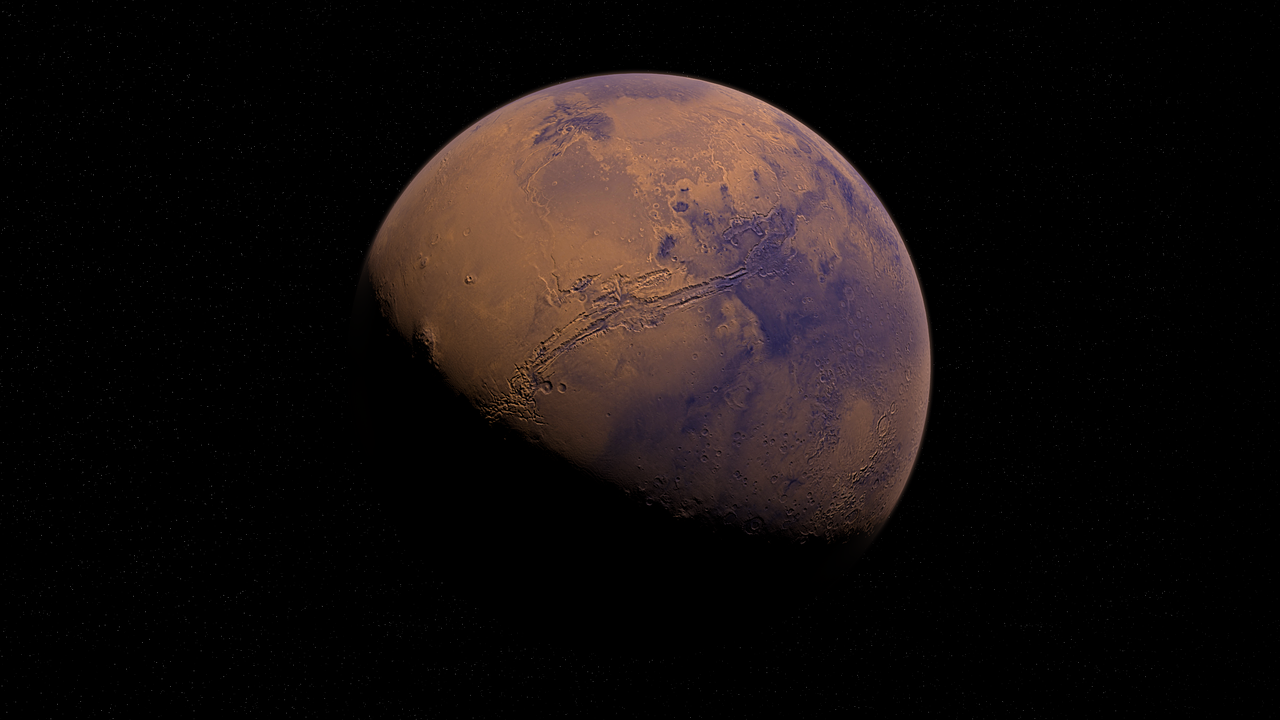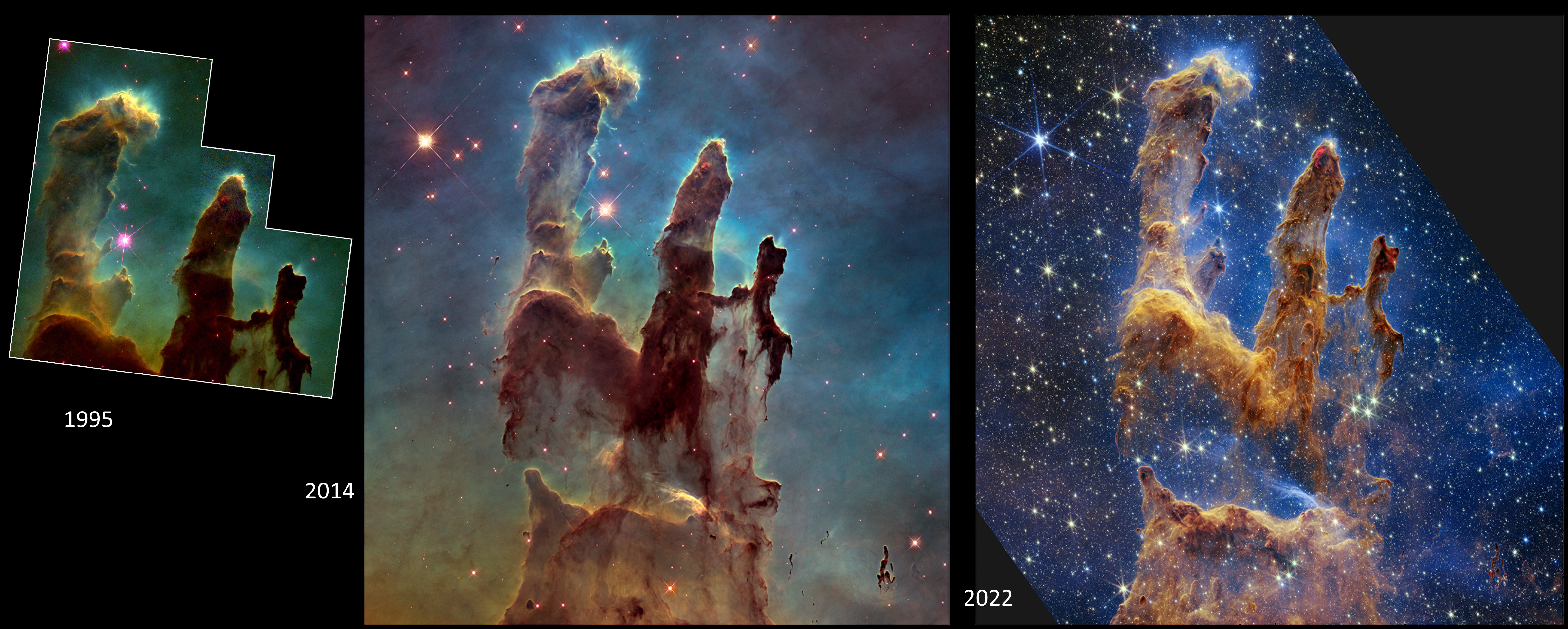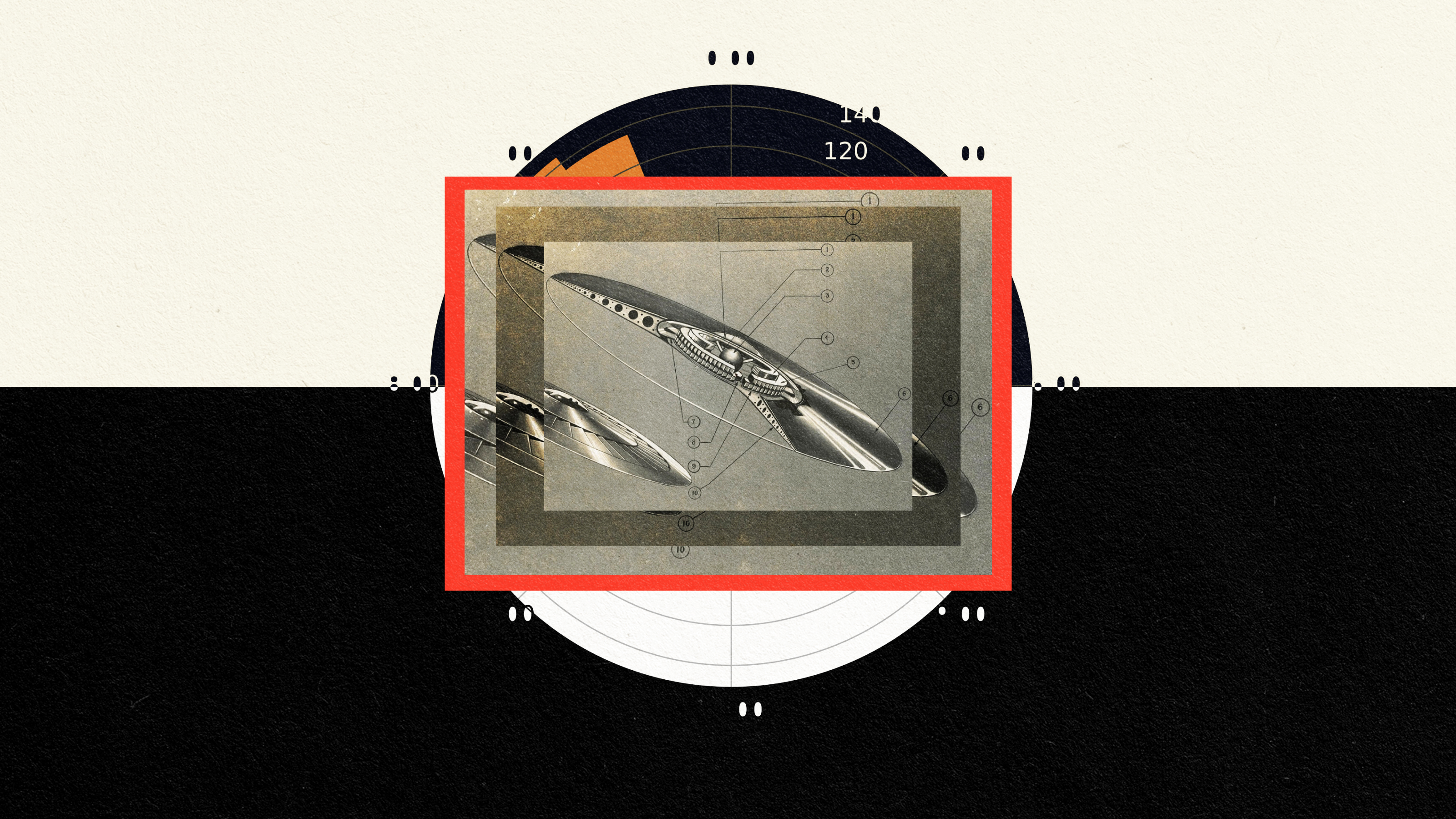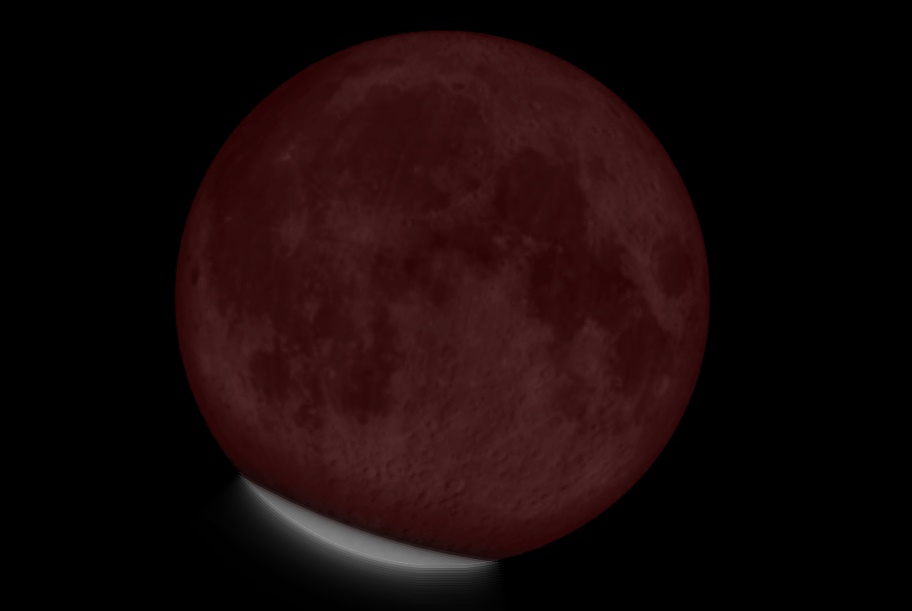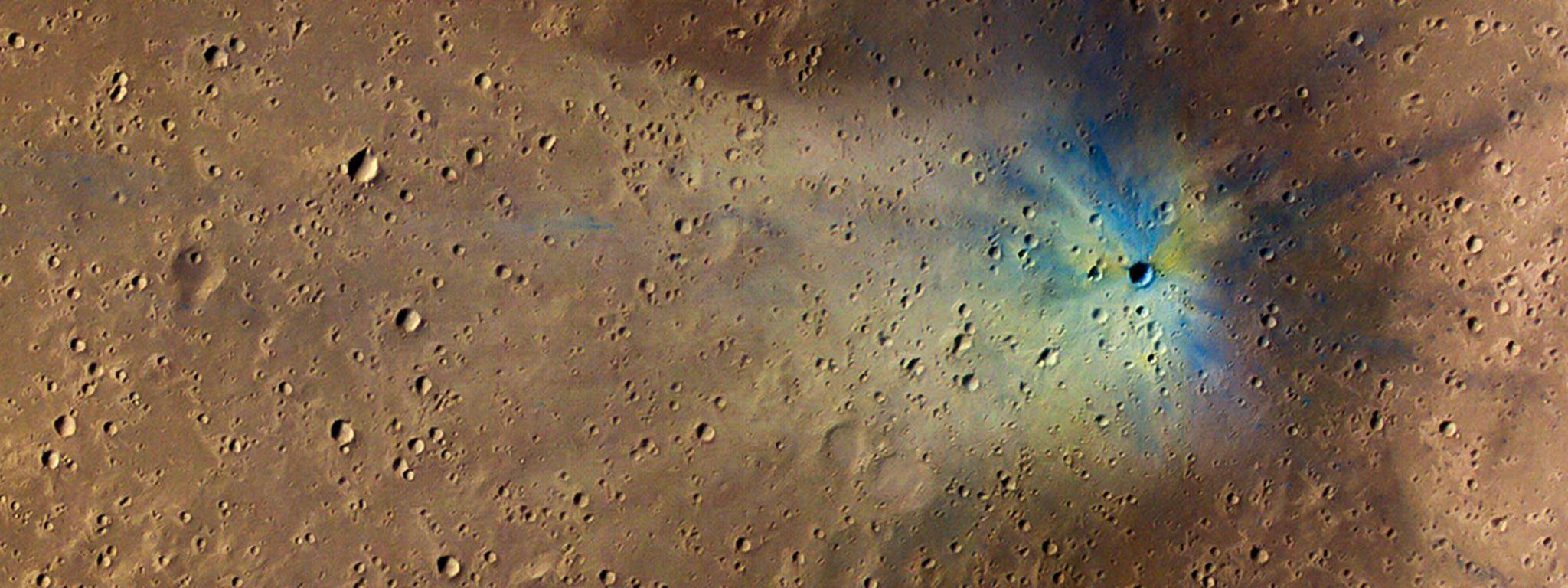In 2022, the probe will crash into an asteroid while a nearby satellite captures it on camera.
Search Results
You searched for: nasa
“You develop an instant global consciousness, a people orientation, an intense dissatisfaction with the state of the world, and a compulsion to do something about it.”
The midwest is particularly filled with them.
NASA will use energy from Earth’s gravity to launch the Lucy spacecraft in October of this year.
Even though no human has stepped foot on the Moon’s surface in 50 years, the evidence of our presence there remains unambiguous.
Finding life beyond our Solar System requires understanding its host planet.
Despite being the closest planet to the Sun, Mercury “only” reaches 800 °F at its hottest. Venus is always hotter, even at night.
Finding out we’re not alone in the Universe would fundamentally change everything. Here’s how we could do it.
Forensics has reached the final frontier, and could be used to solve future space accidents—or crimes.
The European Space Agency’s Solar Orbiter recently captured images that could help scientists better under the mysterious physics of our Sun.
Multiple lines of evidence — physical, chemical, and biological — must converge for scientists to conclude that alien life has been found.
Isaac Newton and Albert Einstein are locked in an eternal battle over the nature of gravity. Whose side are you on?
The Solar System isn’t a vortex, but rather the sum of all our great cosmic motions. Here’s how we move through space.
Just 12 million light-years away, the galaxies Messier 81 and 82 offer a nearby preview of the Milky Way-Andromeda merger.
Move over, IC 1101. You may be impressively large, but you never stood a chance against the largest known galaxy: Alcyoneus.
Binary black holes eventually inspiral and merge. That’s why the OJ 287 system is destined for the most energetic event in history.
With a new telescope on the horizon, we reflect on the best pictures of space that came before.
Asteroid Bennu is still far more likely to fly right by us than to make impact.
Chemical changes inside Mars’ core caused it to lose its magnetic field. This, in turn, caused it to lose its oceans. But how?
Lockheed Martin’s Skunk Works engineering division has devised many jaw-dropping aircraft. Here are some of the best — and one ship.
Previously, only the brightest and most active galaxies could pierce the obscuring wall of cosmic dust. At last, normal galaxies break through.
Dead whales inspire a way to find extraterrestrial life on Mars.
There are so many problems, all across planet Earth, that harm and threaten humanity. Why invest in researching the Universe?
Big dreams and big telescopes are back at last, but everything depends on sufficiently funding NASA, the NSF, and the DOE.
A new study of Martian dust gives insights into the ancient Martian climate. The findings hint at a wetter world.
In 1995, Hubble peered at the Pillars of Creation, forever changing our view. Now in 2022, JWST completes the star-forming puzzle.
The truth is out there, but it’s probably not in the latest whistleblower’s report.
We haven’t seen a partial eclipse lasting this long since 1440, and won’t again until 2669. North America is perfectly positioned for 2021’s.
Skilled hunters adapted to the changing landscape and left tantalizing clues to who they were.
It could analyze a photo of the Martian surface in just five seconds. NASA scientists need 40 minutes.
